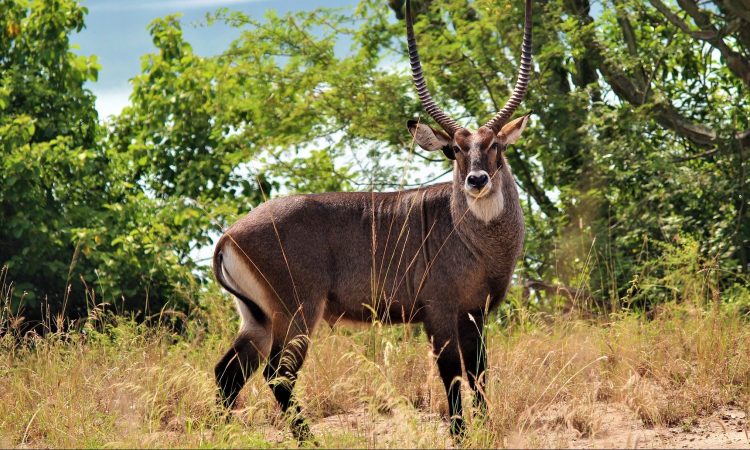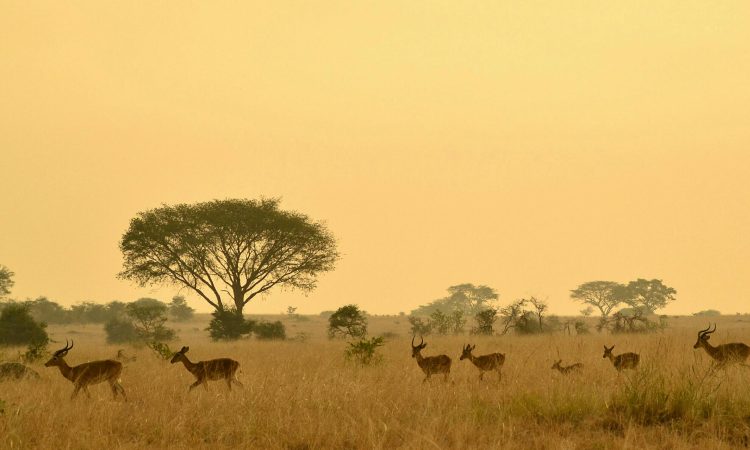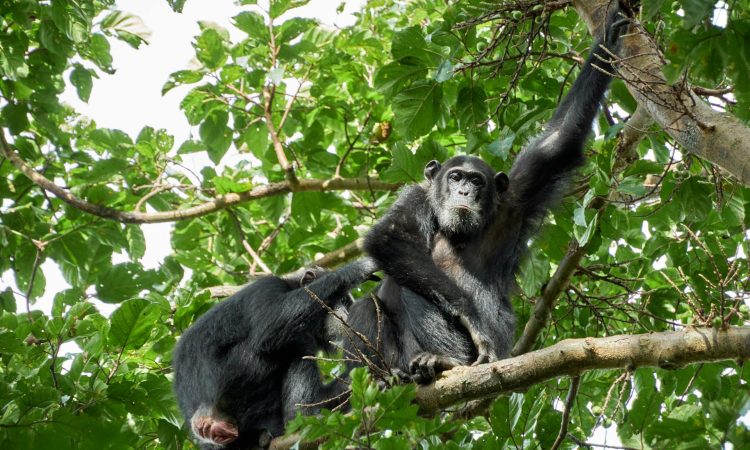Understanding the differences of gorilla tracking vs gorilla trekking is key as you plan your gorilla tour.
There are various occasions when people have confused gorilla trekking and gorilla trekking, though the two have a slight difference.
Gorilla trekking involves tourists being led by a ranger guide in search of mountain gorillas in the wild.
This involves hiking and requires physical fitness, as gorillas live on higher elevations of the Virunga volcanoes straddling Uganda, Rwanda, the Democratic Republic of Congo, and Bwindi Impenetrable National Park in southwestern Uganda.
![]()
Gorilla tracking is often referred to as gorilla trekking, but it involves rangers and researchers trying to find a particular habituated gorilla family for trekking.
The rangers lead the way before the trekkers, using various methods and signs to locate the gorilla family’s whereabouts from the previous day.
Once the trackers find the gorilla family, they communicate the location to the park headquarters, and then the trekkers can begin their trek.
They typically track gorillas by following their location from the previous night and their feeding area.
Gorilla trekking always starts early in the morning, with clients receiving a briefing at the starting point about the rules and regulations before embarking on the activity, while gorilla tracking starts earlier, before the actual trekking.
Gorilla tracking makes gorilla trekking easier because mountain gorillas can be easily found, increasing the chances of encountering a gorilla family compared to when they are not tracked beforehand.
Gorilla trekking can be done in Volcanoes National Park in Rwanda, Bwindi Impenetrable National Park and Mgahinga Gorilla National Park in Uganda, and Virunga National Park in Congo.
The cost of gorilla trekking varies by country: Uganda’s gorilla permits cost $700, Rwanda charges $1500, and Congo offers the lowest-priced trekking permits at $400.
Gorillas are the largest living primates in the world, divided into two species: Eastern gorillas and Western gorillas.
These species are further subdivided into eastern lowland gorillas, western lowland gorillas, mountain gorillas, and cross river gorillas.











